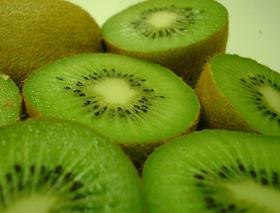
Japan’s consumption of fruit has continued to decline, with the quantity of fruit consumed per household in September reaching its second-lowest point in 13 years.
An average of 6.62kg of fruit was consumed per household in September, down from 7.79kg in September 2013, according to data from Japan’s Ministry of Finance.
“In general, fruit consumption has been declining, primarily due to the high and higher purchasing costs, which are passed onto the retailers, who in turn pass on the increase to the consumer,” Jack Moriya, president of importer-wholesaler Tokyo Seika Trading explained.
“Bananas, which are perceived to be a food stable by the Japanese consumer and therefore, are expected by consumers to be priced lower than other fruit, have increased to a price level that stretchesthe limitto which they are willing to pay,” Moriya said.
The purchasing price of bananas reached ¥279 per kg resulting in a drop in consumption 10 1.43kg per household during September 2015 – the third lowest consumption rate for the month of September in 13 years.
“Quite remarkably, kiwifruit consumption to-date has been greater than in years past, with September 2015 at 147g versus 126g in September 2014,” Moriya said. “Thisin spite of an increase in purchase price of ¥794 during September 2015 compared to ¥779 for September of 2014.
“This at a time when kiwifruit sales were competing against greater competition from the availability ofdomestic fruit.”
Meanwhile, consumption and expenditure on grapefruit has more than halved between 2004 and 2014, with both consumption and expenditure on oranges also falling.
“The question remains whether we shall continue to see a decline in fruit consumption,” Moriya said.
Japan’s yearly household expenditure on fruit has decreased over the past decade from ¥38,287 in 2004 to ¥34,962 in 2014, while the quality of fruit consumed as fallen from 96kg in 2004 to 80.8kg in 2014.
During that same period, the purchasing price of fruit has increased from ¥399 per kg to ¥433 per kg.



